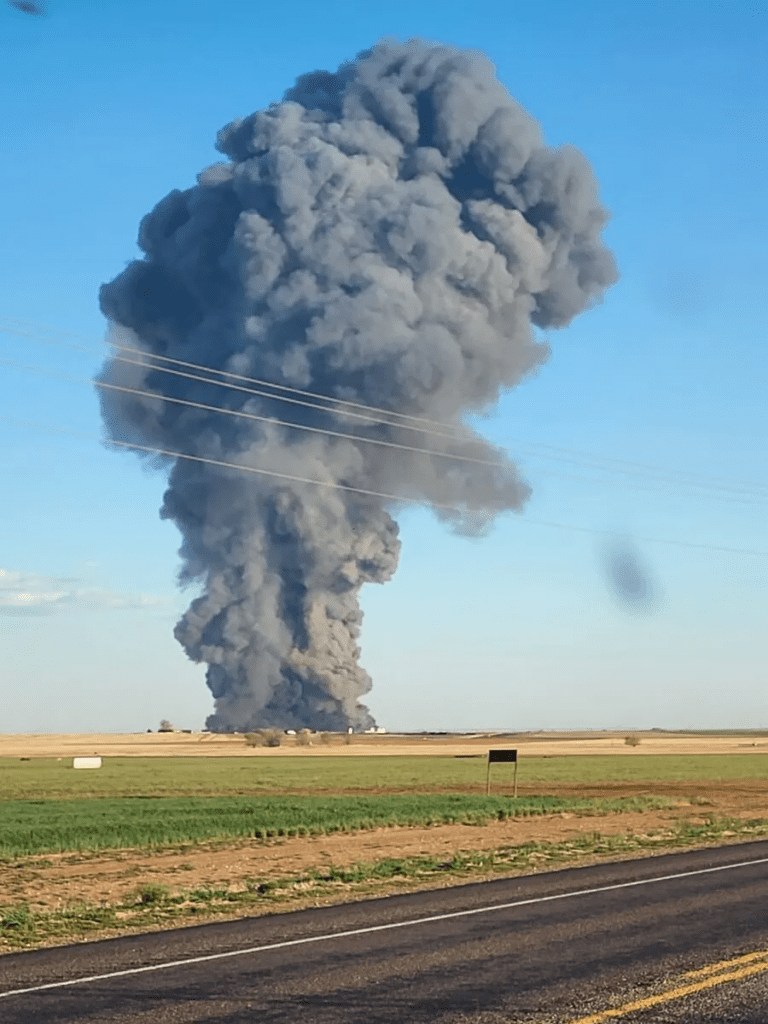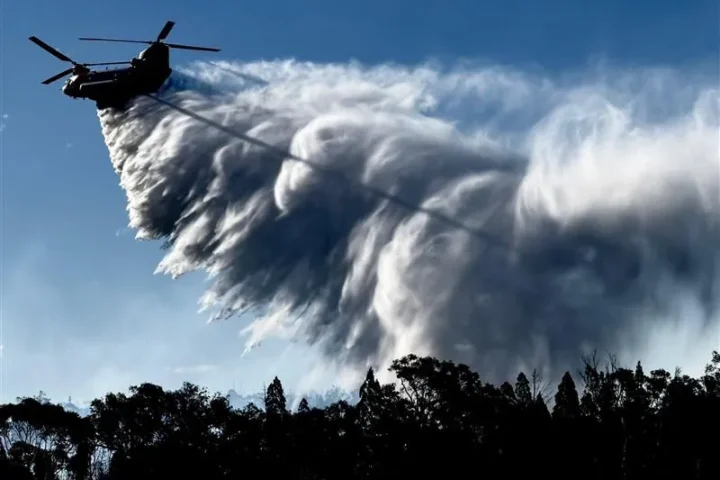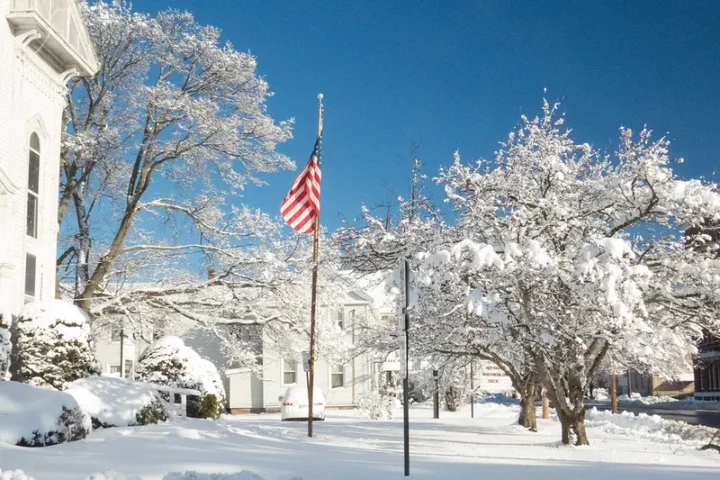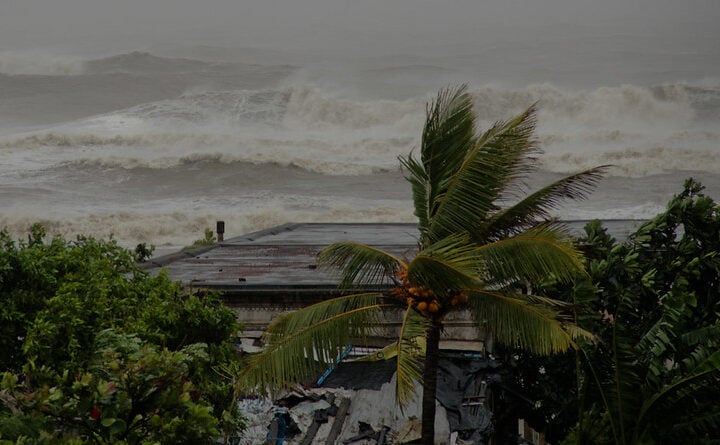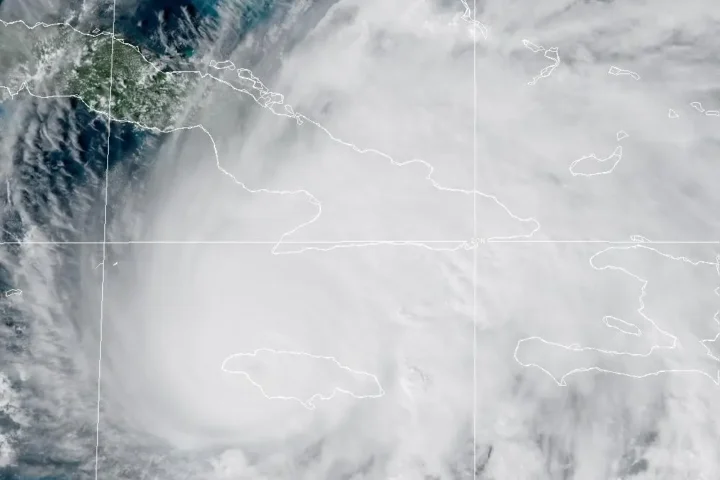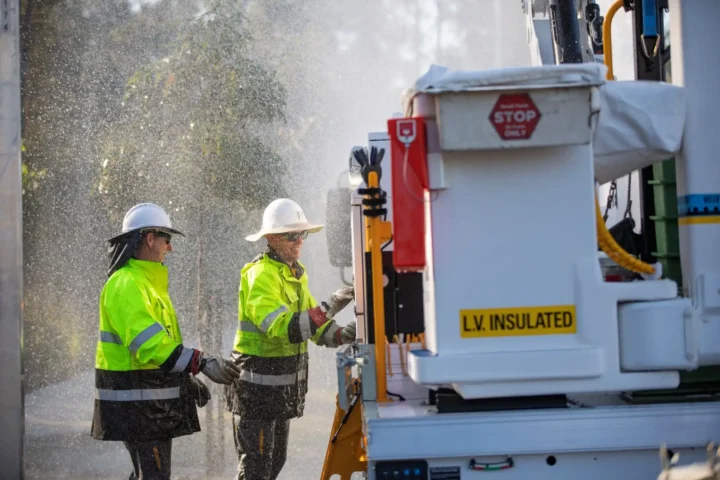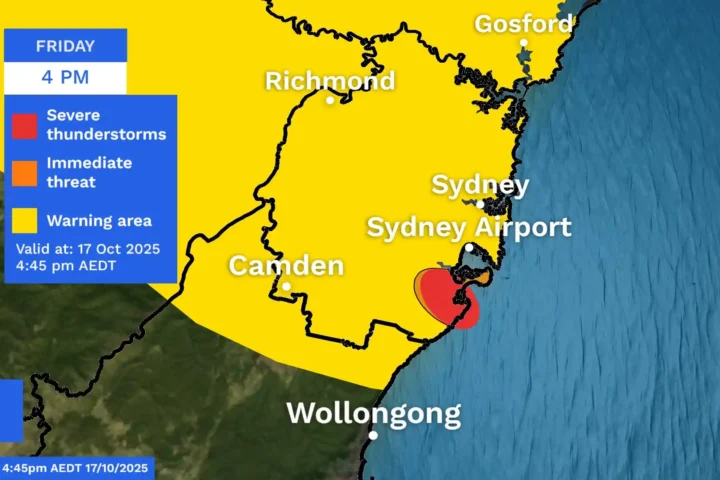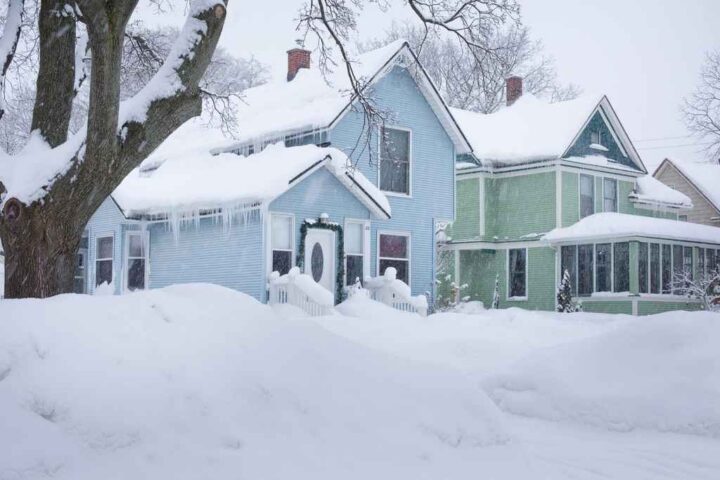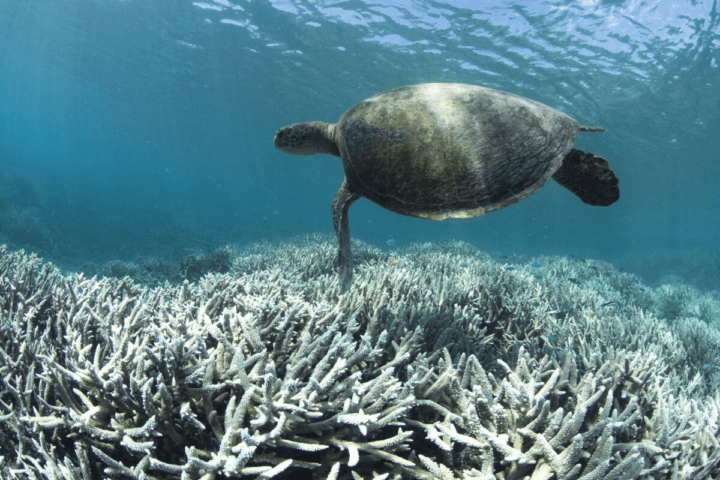The Journal Nature Communications has published a new study that reveals that sea levels along the US coastline have been rising rapidly over the last 12 years. Since 2010, the coastline along the southeastern US & the Gulf Coast has risen half an inch every year.
Throughout this period, the rates of the rising sea level along these coastlines have been exceptionally higher than the rest of the world. Owing to warming & changing wind patterns, the waters in this area have been expanding rapidly.
Hitting some of their highest rates in more than a century, sea levels have surged along the coastlines of the Southeastern US. About triple the global average, sea levels have risen more than a centimeter a year over the last decade.
Increased flooding, more severe hurricanes, & eroding shorelines are the forms of erosion that the communities near the Gulf of Mexico & Atlantic Ocean are experiencing.
An expert in coastal engineering at Tulane University & lead author of the study,Sonke Dangendorf, said, “We have seen the impacts quite significantly”.
The span of the affected region is from the western Gulf up to Cape Hatteras in North Carolina. The rate of sea level rise observed in the Southeast & the Gulf exceeds the model’s projections for the next 30 years.
66 tide gauge records up & down the East & Gulf Coasts were analyzed by the latest study, alongside satellite observations & model simulations for a closer examination.
The extra influence of sinking land levels, a notable issue in some parts of Texas & Louisiana, was separated out by the researchers.
Even without the influence of sinking land levels, sea levels are rising rapidly throughout the region. Rates of sea-level rise exceeded 11 millimeters per year in Pensacola, Fl.
As many states within the US have long coastlines filled with housing & residential areas, the accelerated rate of sea-level rise along the US coastline is concerning.
The researchers say that the expanding rates are tied heavily to the ongoing effects of man-made climate change.
According to the researchers, warming waters & changing wind patterns have altered the ocean’s circulation in parts of the North Atlantic & the Caribbean. Human-caused global warming & natural climate variations are equally responsible for these changes.
MIT researchers & many others who have been trying to find solutions to the issue have come up with the idea to use space bubbles to help cut down on global warming.
The new study, as published in the Nature Communications Journal, is the latest to point out the trend of rising sea levels along the southeastern US & the Gulf Coast.
A 2022 NOAA report on sea level rise, predicting about a foot of sea level rise on average around the country by mid-century, with higher-than-average sea level rise projected along the East & Gulf coasts, has caused a flurry of interest among the common people & researchers alike.


